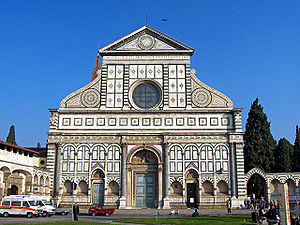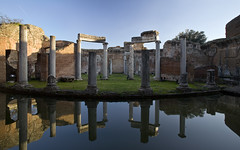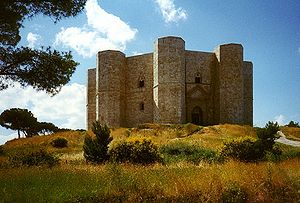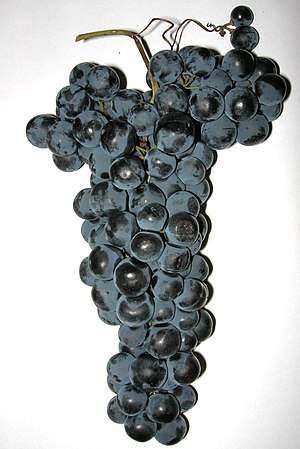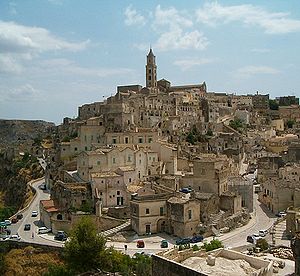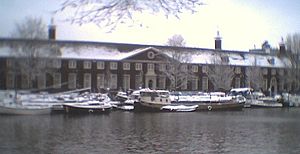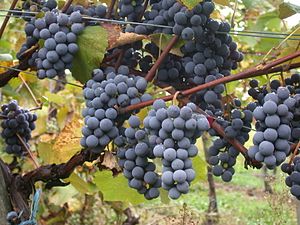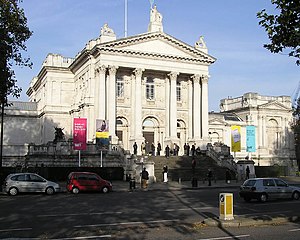 Image via WikipediaRome Romance: "
Image via WikipediaRome Romance: "Rome – the undying city! Splendid, celebrated, serious, idealistic! Discuss a Rome vacation and love strikes you immediately. To be on an Italian vacation and not to take a vacation in Rome is in fact seeing Italy without its heart. It is not simple to describe Rome in words – it is simply overwhelming has architectural wonders are apparent in the haughty Vatican, the huge Coliseum, the iconic Roman Forum, majestic shrines, Renaissance palaces and ornamental and complicated churches, and its ancient bell towers. Not astonishingly, our Rome vacation packages ensure that you get to walk around all the wonderful pleasures this mysterious and treasured city provides – the Piazza Navona, Circus Maximus, the Pantheon, Trevi Fountain and the Spanish Steps. Consequently, for a Rome vacation, there are a large number of packages, each tailored for complete satisfaction and pleasure.
Perfect Packages
One package that is Rome Special package permits you to exist each second of la dolce vita in the undying city. Take pleasure in Xmas and the New Year Italian-style with the Rome Christmas Special or Rome New Year’s Special vacation tours. If you’re chasing cheap vacation, there are just the categories of Rome vacation packages you desire for. Go for the Rome break in your journey, Rome Escape, Express Rome, or Rome Getaway — basically great vacations and tough to resist costs!
Rome Combo Vacations
One can even unite a Rome vacation with other great Italian cities such as Milan, Venice and Florence. There is a selection of Italian vacation packages where you can mingle 2 or 3 great Roman towns together. You can go for Rome & Florence or Rome & Venice or Florence & Venice tour. You are improbable to find augmented value for money than these cheap vacation packages! Book one of our Ferienwohnungen Rom now and revel in the romantic of Rome.
To get pleasure from Venice in its right fortitude, take a Venetian Lagoon Cruise where you discover Venice and its adjoining islands in an exhilarating and reinvigorating six nights cruise that gives you lifelong memories.
Historical Capitals
If you eager to see two of the most talked-about capitals of Europe in one vacation package, we let you get a brilliant combo tour of the historic Capitals – Rome, London, and Paris jointly by Eurostar and rail. Explore Rome with our Apartments Rom.
The vacation packages have also been planned and tailored for the benefit of the travelers. Italy vacation packages help you discover the country at your own speed.
.
"

